The Problem with Parallax
July 18th, 2021
6 minute read
Parallax has been called a defect in optical instruments. But it’s endemic in any magnifying optic with a reticle and used at varying distances. A riflescope, for instance. Think of parallax as vinegar. It’s always in the cupboard, but you don’t see it unless you look. It’s no bother until you spill it on your toast.
Like vinegar on toast, parallax error is your doing.
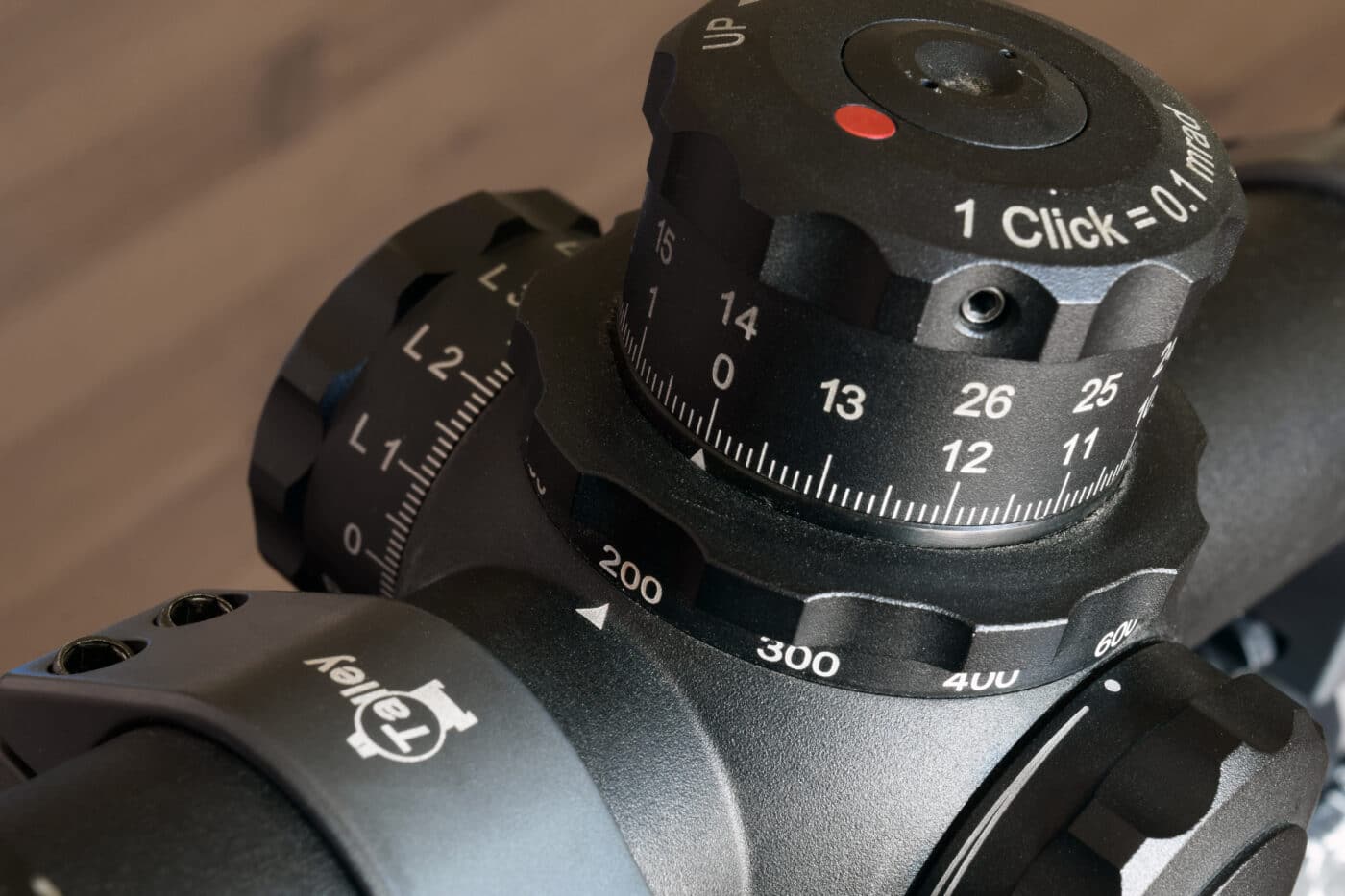
What Is Scope Parallax?
In simple terms, scope parallax is an optical effect that can cause an apparent shift of the target behind the reticle. That shift occurs if you move your eye off the scope’s optical axis and when the target image formed in your scope is either in front of or behind the reticle.
In response, you’ll try to correct your aim by nudging the rifle toward the target that appears to have eluded the reticle.
And you’ll miss.
There’s no error when your eye is centered behind the scope or when the image and reticle are in the same plane.
Where the target image falls on the scope’s optical axis depends on the target distance. Engineers can “zero out” parallax — put the image on the reticle’s plane — at any range. Typically, scopes to be used on centerfire rifles are parallax-free at 150 yards. Scopes designed for close-range use, say on .22 rimfires or shotguns, are commonly set for zero parallax at 75 yards. At other distances, images formed by targets do not join the reticle on the scope’s optical axis and can leave the reticle if your eye is off-axis.
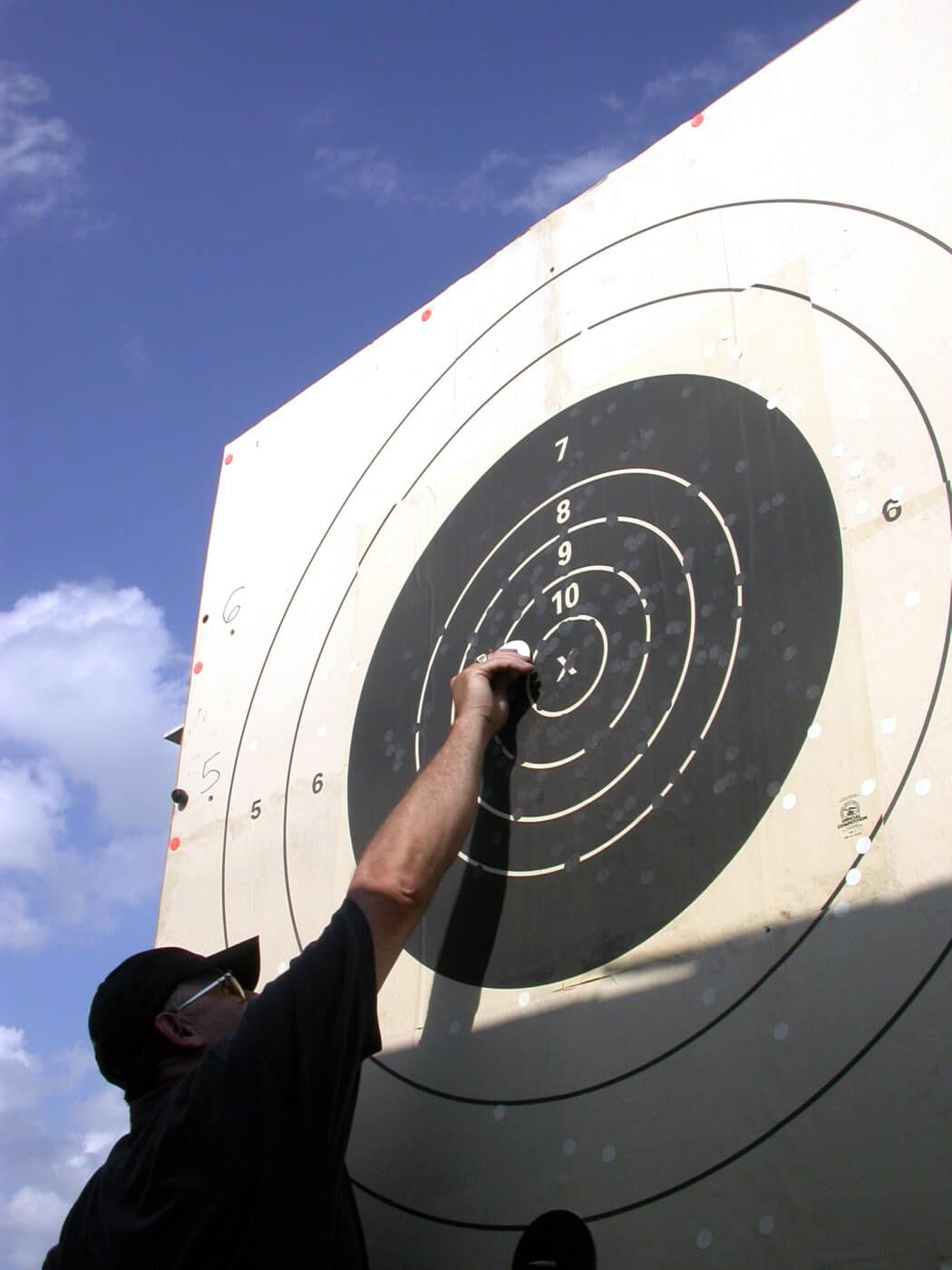
To see parallax in action, sandbag your rifle so the crosswire quarters a small, distant target with your eye centered behind the scope’s ocular lens. Now move your head up and down, then side-to-side or in a circle, as if tracing the rim of the ocular lens with your eye. You’ll see the crosswire move in relation to the target, though the rifle is motionless. If that rifle were fired with the rest supporting it firmly (and assuming it was zeroed for the distance), the bullet would strike center, no matter the position of your eye in relation to the scope’s optical axis, however far off-center the reticle appeared. But if you were holding the rifle, you’d move it to bring reticle and target together. Uh-oh.
When your eye is centered, target distance matters not, as the image will always be formed along a perfect linear path to the target. The reticle is centered on that path too.
Where It Counts
Aligning your eye on the scope’s optical axis is easy on a bench, but often difficult from strained shooting positions afield. While parallax error was hardly a thought when hunters prowled thickets with converted ’03 Springfields and Weaver K4s, it’s a gremlin at distance, which magnifies any error at the rifle, optical or physical. Powerful scopes are now in vogue, to help flat-flying bullets hit steel targets or game at very long ranges. Small errors matter.
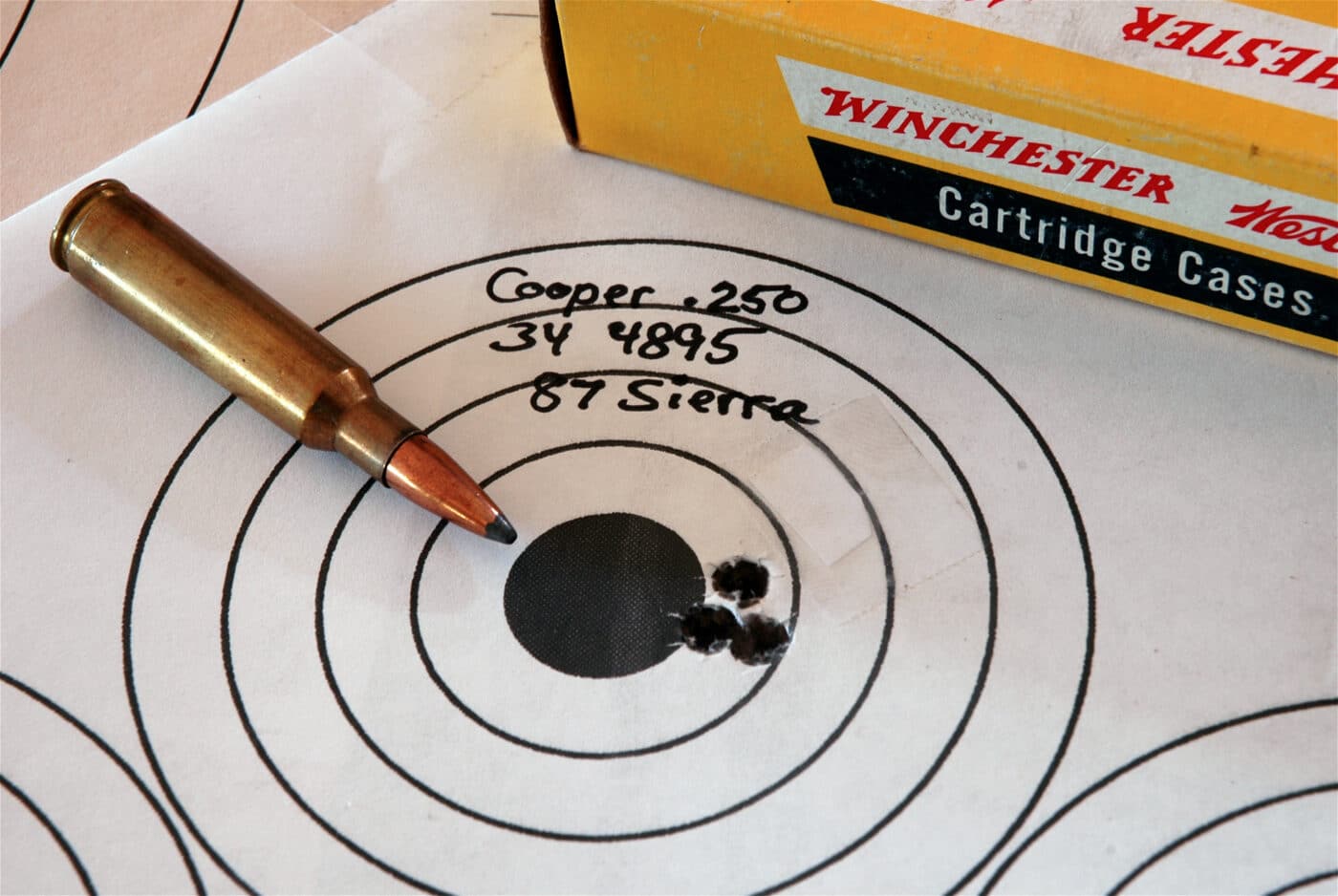
The adjustable objective was developed to permit parallax-free shooting at any distance. Rotating this sleeve on a scope’s front bell pulls the target image and reticle together, onto the same plane. It also brings the target into sharp focus. Most scopes with this AO feature are of high magnification, for varmint shooting or competition. Now the sleeve is being supplanted by a turret-mounted dial, typically on the left side. It’s much more convenient. And it’s appearing on variables intended for big game hunters as well.
Do hunting scopes really need such an adjustment? Yes and no. The focal lengths of these sights have traditionally been much shorter than focal lengths of target scopes. While the same optical principles apply, there’s a difference in degree — both in perceptible error and in sharpness of focus. There’s no such thing as a fixed or universal focus. But the modest length of most hunting scopes can make parallax error seem small, and focus acceptable from, say, 50 yards to infinity.
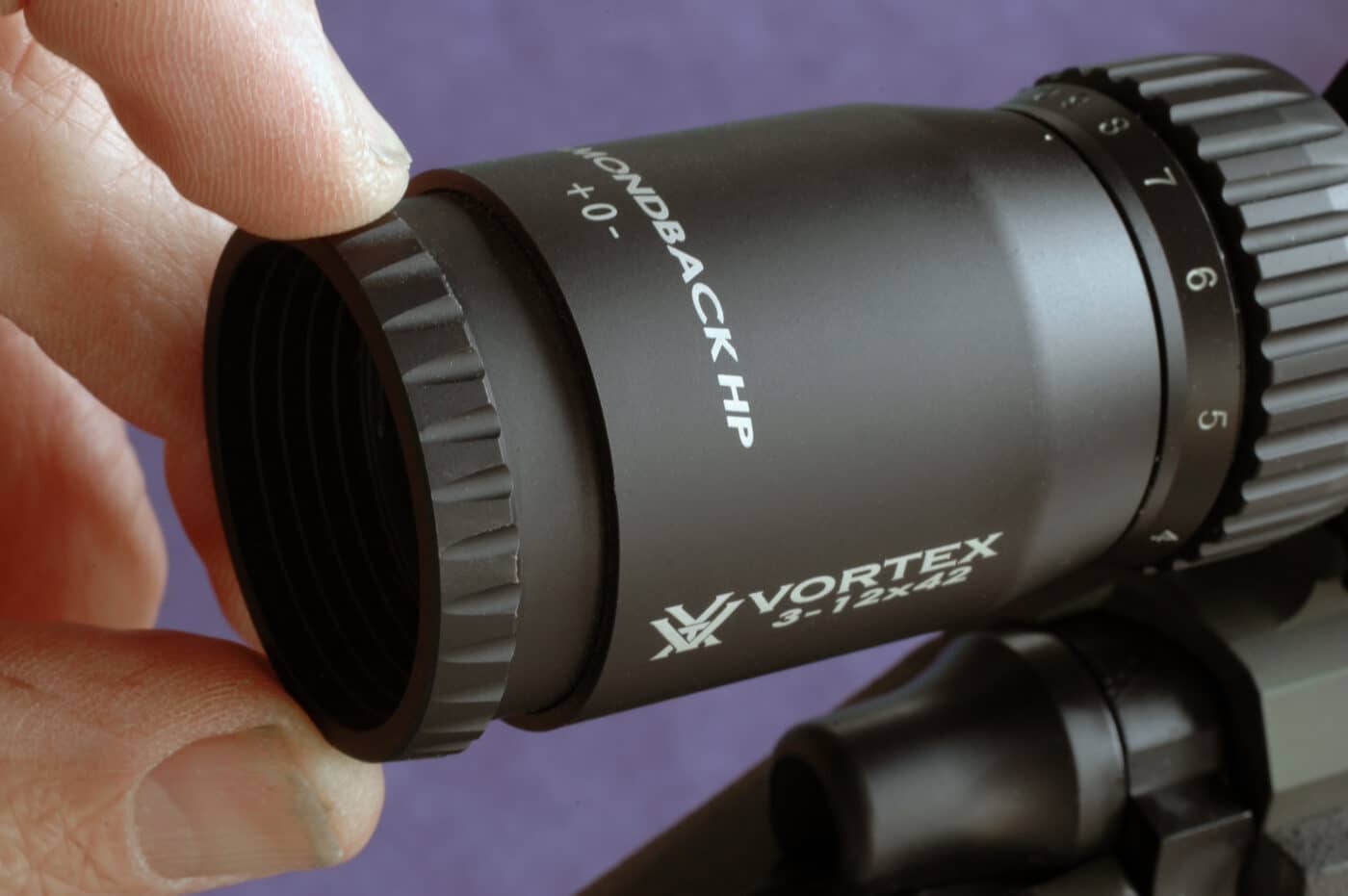
Improved optical quality has prompted higher magnification in short scopes. Accuracy standards have tightened as shot distances have increased. “Acceptable” isn’t what it used to be. Shooters willingly pay a premium for features that boost precision. Pairing a turret-mounted parallax/focus dial with a reticle illumination control has made scopes more capable without a significant bump in size or weight.
Kahles has an alternative to the left-side dial with a horizontal wheel atop the turret of its K624i scope. I used this 6-24×56 on a long-range rifle recently and like it very much. Kahles placed the windage dial on the left side, where it’s easy to reach with your left hand when firing prone over a bipod. A reticle brightness dial, used less frequently, is on the right. Clever!
Understanding Why
Why can observation optics be adjusted for image focus with rings or dials on or near the ocular assembly, but to focus a riflescope you must reach farther forward? In a scope, there’s a reticle, and that reticle must be at a constant distance from the ocular lens. Moving the ocular to focus for the target, you’d have to move the reticle in tandem to maintain its focus. Such an arrangement would be hard to engineer without imposing a cant or tolerances in reticle placement that, however small, would impair accuracy.
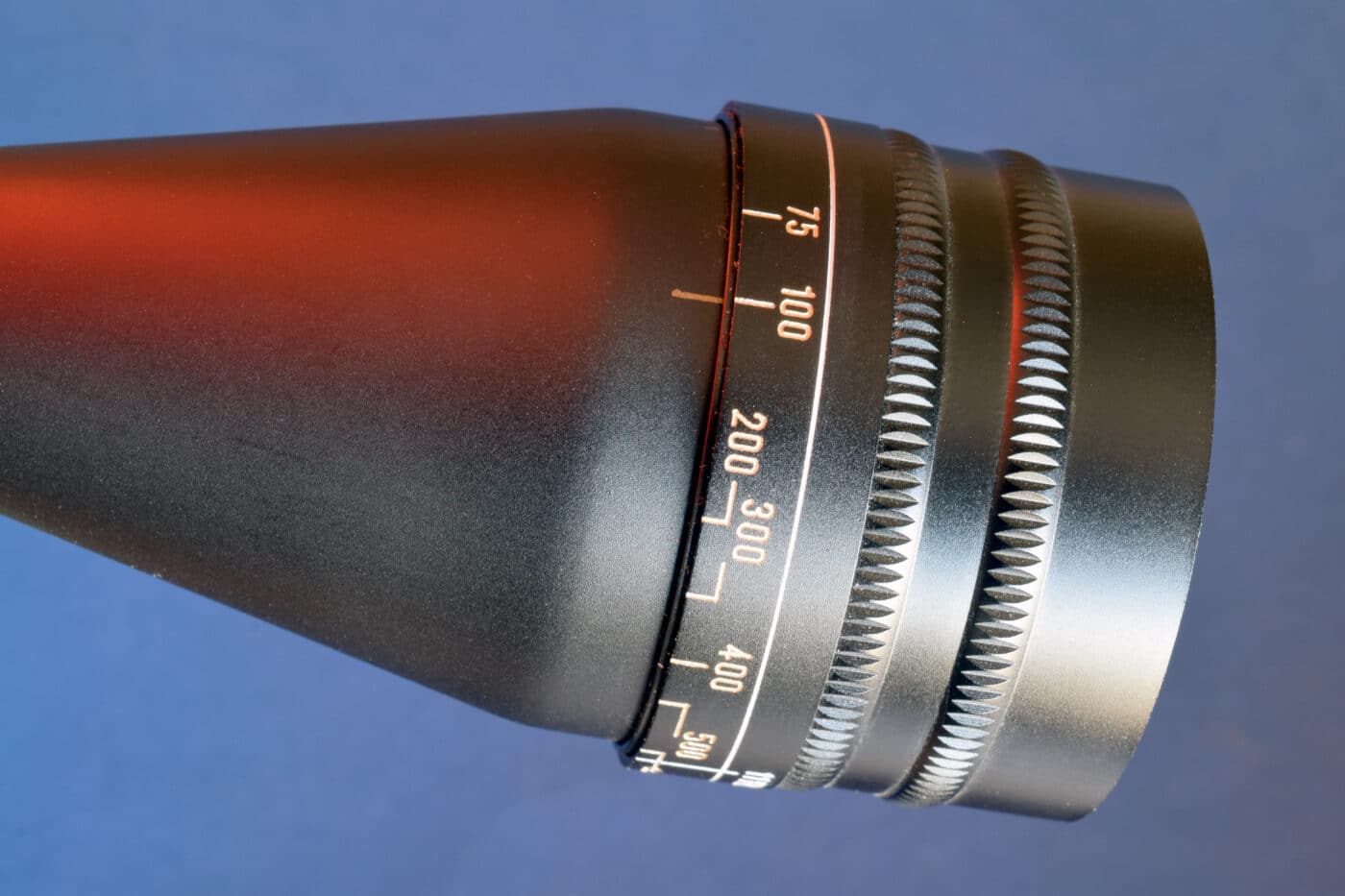
Neither parallax nor target focus is affected by a scope’s eyepiece adjustment. The eyepiece — the housing containing the ocular assembly — was traditionally threaded to the main tube as a unit. Moving the eyepiece in and out on those very fine threads, then securing it with a lock ring, focused the reticle to your eye. More popular now is the fast-focus (or helical or European) eyepiece. Its housing doesn’t move; instead, rotating a rubber-sheathed ring on the tail of the ocular assembly spins it inside the bell. Friction holds it in place. Properly, you focus the reticle as soon as you snug the scope to a rifle. Here’s how: Spin the eyepiece or fast-focus ring all the way in. Point the rifle at a blank sector of sky. You don’t want your eye to focus on an object — which it will, if one appears in the field of view. Shut your eyes, then abruptly open them to look through the scope. Turn the eyepiece or ring out slowly until the reticle becomes sharp. Close your eyes to rest them, then repeat. The reticle should appear sharp against any target, no matter how far it is from the rifle. You won’t have to move the eyepiece again until your vision changes with age.
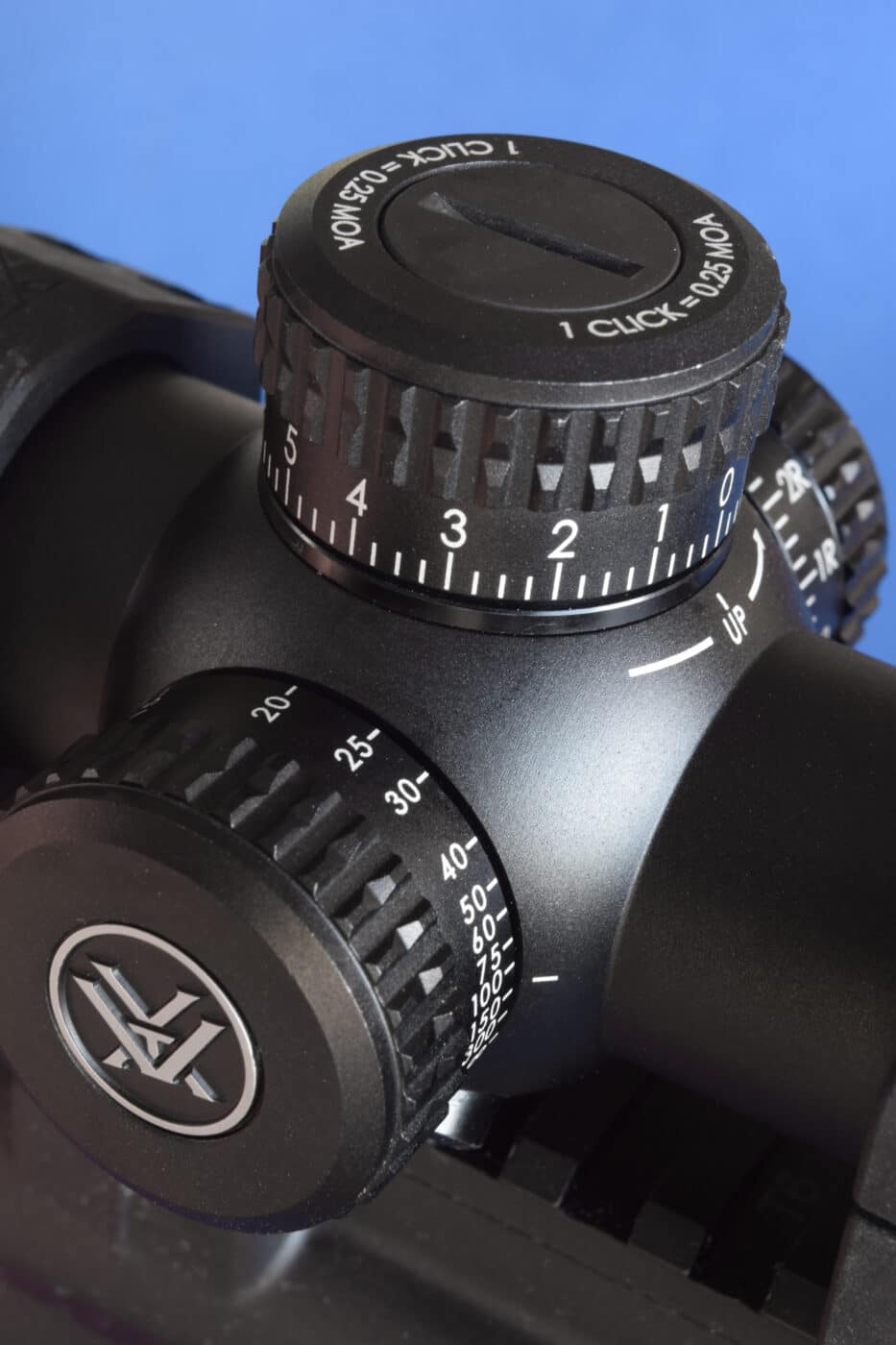
I’ve met many hunters who’ve never adjusted reticle focus and didn’t even know ocular housings on traditional scopes could or should be moved.
A crisp reticle image contributes as much to accuracy as does a crisp target image. Erase parallax error with a dial or simply by centering your eye behind the scope, and you’re on your way to more hits!
Editor’s Note: Be sure to check out The Armory Life Forum, where you can comment about our daily articles, as well as just talk guns and gear. Click the “Go To Forum Thread” link below to jump in!
Join the Discussion
Continue Reading
Did you enjoy this article?

 55
55






